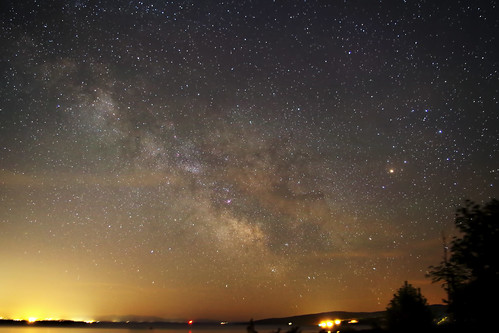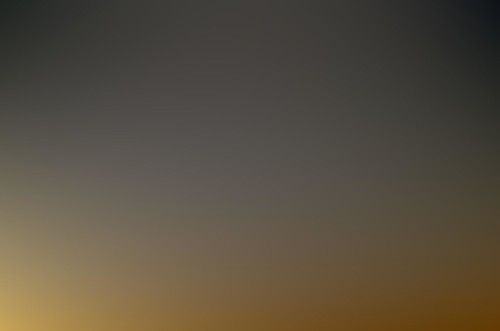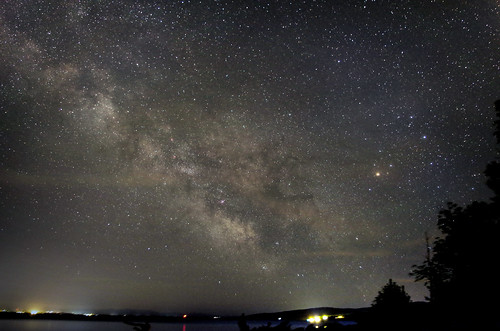In terms of post processing on the Milky Way, I have been looking of late on the brush type processing of the MW structure itself. I came across this video that does a pretty good job of laying out an approach.
I also came across yet another post processing that I though was somewhat helpful. The camera body used was a Nikon D7000 which is the same sensor as the K5 family (K5/II/IIs/30/50/-01) and obviously no GPS with Astrotracking. He uses Photoshop for stitching, but Microsoft ICE does the same thing. What I found interesting was his approach with the Topaz denoise. I was trying something different and did not do as well. So, picking us some technique here and other technique there... Back to the D7000. Since it can not track, the images were boosted to I think ISO 9000 or something. With the GPS, the K5 does not need to go that high, I have been successful at ISO 1600, running for 2+ minutes. So, for the K family, the stars should be captured with a result very similar to a full frame sensor. What goes astray is the landscape smearing (hence the remasking of the it without the GPS).
I had been planning on going out during the New Moon in July. However, I had a bit of planned surgery and was laid up. In addition the weather was not that cooperative during that weekend - dust storm, heavy clouds, high heat (110+), and then a rain storm - whipped out two days. There was one day that appeared to be relatively good, but I was not feeling up to it. So, the next really good opportunity is in mid to late August. (it appears to be about 7 days of no moon in the evening leading up to the new moon).
I have some what of a list of things to do, essentially putting everything - all the individual parts together. I have good shots of the stars - with the GPS, but forgot to lower the ISO for the landscape shots (without the GPS). I have several lenses that should do very good here - in particular the 31 Ltd and the ZK25, each doing a vertical stitch. I think I now have a good masking approach to combine everything together - the landscape with the stars. On the landscape part, want to use ISO80 and stack probably 5 to 10 bracketed images together. After three different locations, the best is the state park for the most spectacular landscape view. In terms of post processing, after masking the parts together, I have several approaches that should work and address all the parts. So, its just putting all of this together, all at once.



 Similar Threads
Similar Threads 
















 Post #1 by interested_observer
Post #1 by interested_observer








